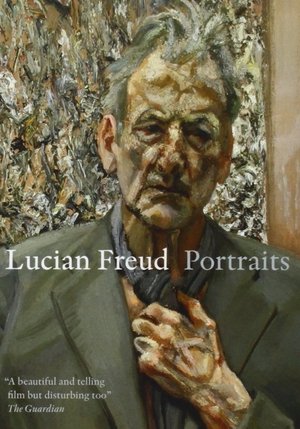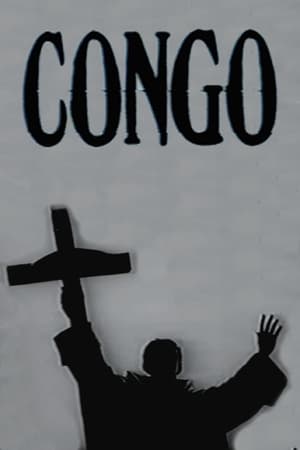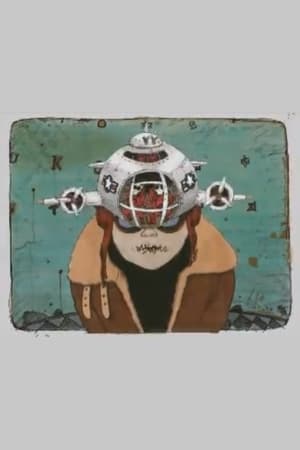

An Attempt to Describe the Measure of a Man(1978)
Using bluescreen video techniques, Terayama playfully—and with a silent film theatricality—posits a series of postmodern vignettes featuring realities-within-realities as his protagonist attempts some kind of relationship with a nude woman on the screen-within-the-screen. In his struggles to “free” her, he exposes the absurd flimsiness, deceptiveness and mutability of both the cinema experience and our human dimension.
Movie: An Attempt to Describe the Measure of a Man
Top 2 Billed Cast

一寸法師を記述する試み
HomePage
Overview
Using bluescreen video techniques, Terayama playfully—and with a silent film theatricality—posits a series of postmodern vignettes featuring realities-within-realities as his protagonist attempts some kind of relationship with a nude woman on the screen-within-the-screen. In his struggles to “free” her, he exposes the absurd flimsiness, deceptiveness and mutability of both the cinema experience and our human dimension.
Release Date
1978-02-02
Average
1
Rating:
0.5 startsTagline
Genres
Languages:
No LanguageKeywords
Similar Movies
 10.0
10.0We Could All Do With a Little Back & Forth As Far As It Concerns the To & Fro of Everywhere Each of Us Go(en)
(Some of us) Still run down the same [mental&emotional] streets we revered/reproached/replaced as children.
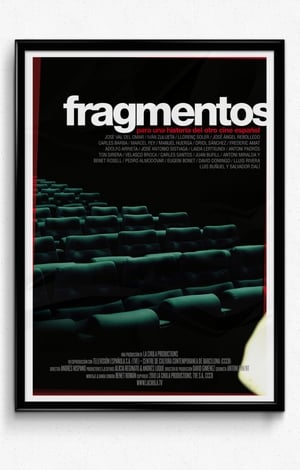 6.0
6.0Fragmentos para una historia del otro cine español(es)
Documentary about the history of experimental cinema in Spain. FRAGMENTS is a historical survey of “the other” Spanish Cinema — films that brazenly explored their artistic, poetic and conceptual potential. Spanish experimental cinema can be glimpsed in a series of important yet isolated events that FRAGMENTS compiles through various firsthand accounts, film excerpts and documents. For the first time in Spain, a documentary brings together the most relevant of a cinema that is slowly losing its invisibility.
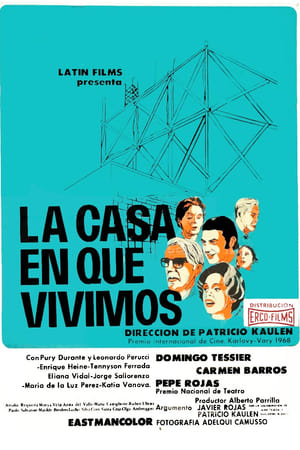 5.2
5.2The House We Live In(es)
A portrait of a Chilean middle-class family in the 1940s and 1970s.
 5.0
5.0Academy Leader Variations(xx)
Twenty animators from the U.S., Switzerland, Poland and China express their friendship with and love of animation in a series of animated variations on the standard countdown.
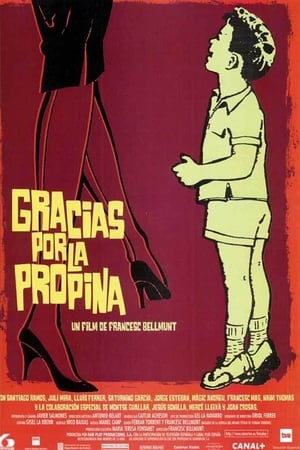 6.0
6.0Thanks for the Tip(ca)
The story of an odd family in which two uncles, apparently bachelors, play the role of mother and father for their two orphan nephews in the Valencia of the 1960s and 70s.
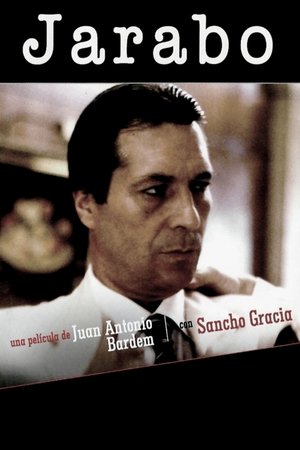 6.3
6.3Jarabo(es)
July 21, 1958. Madrid wakes up to the news that a pawnbroker has been murdered in his shop. Soon, police finds that the victim's associate, his pregnant wife and their maid have been murdered as well in their own home across the street.
 5.8
5.8Chelsea Girls(en)
Lacking a formal narrative, Warhol's mammoth film follows various residents of the Chelsea Hotel in 1966 New York City. The film was intended to be screened via dual projector set-up.
 5.0
5.0Ciro-Norte(es)
On stormy night in an ugly urban landscape, Ciro Norte, a scientist with wild hair and thick glasses, straps himself to a chair he's has fashioned with wires: lightening strikes, convulsing him. It seems his experiment has not worked. The next day, he drives his jalopy to a bar, sits alone, and weeps. But suddenly, a vortex sucks him into a dream state where he wanders, escapes man-eating fish, confronts his doppelganger, walks through a field of giant flowers, and comes upon Venus herself, buried up to her shoulders in sand. She is a giant, and she takes him to her breast. He wakes from the vortex, back in the bar, his mood transformed.
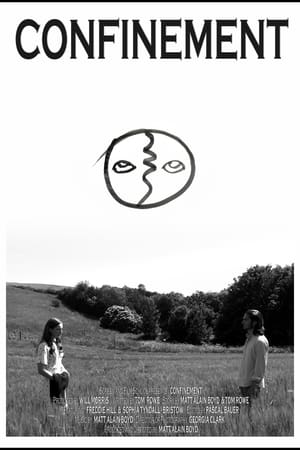 0.0
0.0Confinement(en)
Waking up in a locked room, a prisoner must overcome their personal demons in order to move on from heartache and earn their freedom.
 0.0
0.0Thirteen Ways of Looking at a Blackbird(pt)
Taking its title from the poem by Wallace Stevens, the film is composed of a series of attempts at looking and being looked at. Beginning as a city state commission under the name and attitude of “Unschool”, the film became a kaleidoscope of the experiences, questions and wonders of a couple of high school students after a year of experiences with filmmaker Ana Vaz questioning what cinema can be. Here, the camera becomes an instrument of inquiry, a pencil, a song.
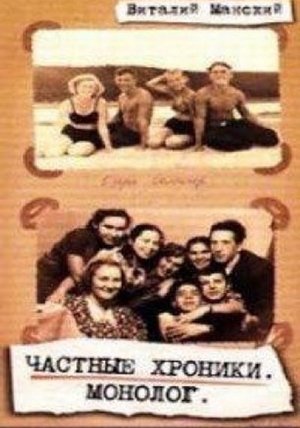 0.0
0.0Private Chronicles: Monologue(ru)
The collective life of the generation born as Jurij Gagarin became the first man in space. Vitaly Mansky has woven together a fictional biography – taken from over 5.000 hours of film material, and 20.000 still pictures made for home use. A moving document of the fictional, but nonetheless true life of the generation who grew up in this time of huge change and upheaval.
Highlights(en)
Lights flicker & fade as focus shifts from artificial to natural light, ending on a second artificial light speeding through the blackened miasma of the night sky.
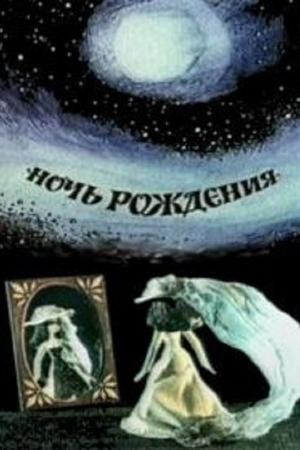 0.0
0.0Birthday Night(ru)
The Night had her birthday, and gave a party to which she invited Dima, a little boy so afraid of the dark that he could never sleep when the light was out.
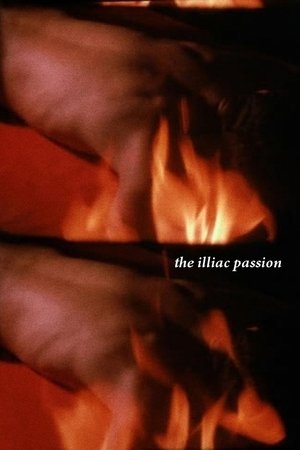 4.2
4.2The Illiac Passion(en)
Prometheus, on an Odyssean journey, crosses the Brooklyn Bridge in search of the characters of his imagination. After meeting the Muse, he proceeds to the "forest." There, under an apple tree, he communes with his selves, represented by celebrated personages from the New York "underground scene" who appear as modern correlatives to the figures of Greek mythology. The filmmaker, who narrates the situations with a translation of Aeschylus' Prometheus Bound, finds the personalities of his characters to have a timeless universality.
The Sacred Disease(en)
A bereaved epileptic ditches her pills and follows a mysterious woman to the outskirts of her town, where she slips back into the fearsome yet ecstatic throes of the seizure.
